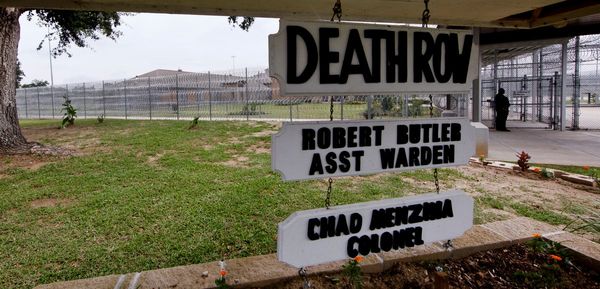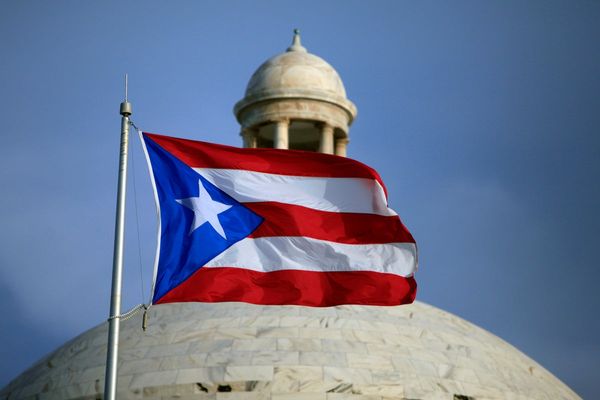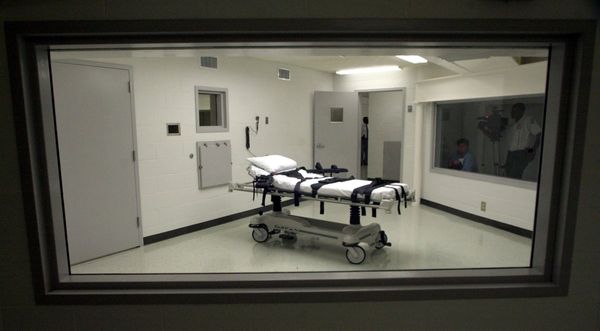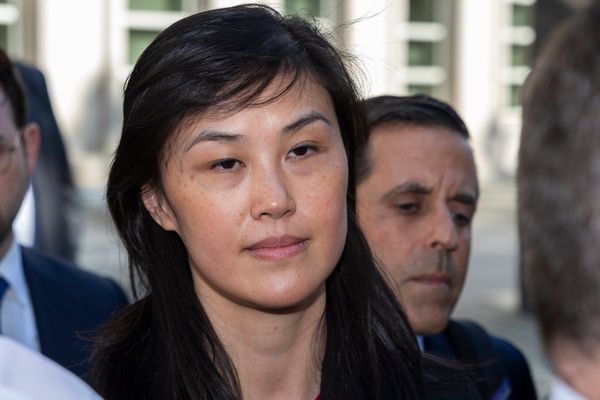London's iconic underground Tube map has been redesigned in honour of Black History Month, with each stop naming a Black trailblazer who has shaped British history.
London mayor Sadiq Khan shared the Black History Tube Map on Twitter on Tuesday with the caption: "We're putting London's Black history on the map."
— Mayor of London, Sadiq Khan (@MayorofLondon) October 12, 2021
Created by Transport for London (TfL) and Black Cultural Archives (BCA) Heritage, the map features 272 "Black creators, leaders and trailblazers who have helped make London the city it is today".
Stations were renamed for individuals such as Mary Prince, a British abolitionist who dictated a powerful anti-slavery memoir about her escape from Bermuda and 19th century London violinist George Bridgetower.
Each tube line represents a different area of excellence. The Central line includes those in the Arts, the Bakerloo line stars sporting champions and the Jubilee line is dedicated to LGBTQ+ icons.
The Metropolitan line is filled with medics, the Northern line is for campaigners, Piccadilly is populated with performers.
The map also marks 40 years since the Black Cultural Archives' began recording the dispersion of African people through Britain's history.
Whimsical and fun, the design is also rich in meaning, symbolising how, as BCA managing director Arike Oke described it, "London's black history is deeply embedded in its streets and neighbourhoods.
London mayor Khan said they hoped the map would inspire people to seek more information and promote a more equal city.
"This re-imagination of the iconic Tube map celebrates the enormous contribution Black people have made and continue to make, to the success of our city," he said.
— Mayor of London, Sadiq Khan (@MayorofLondon) October 13, 2021
Other figures found on the map include William Brown, the first known Black, female to serve in the Royal by disguising herself as a man, Pablo Fanque (Born William Darby) the first Black British circus owner, and Justinnus Soni "Justin" Fashanau, the first openly gay footballer.
One unusual figure on the map is Ivory Bangle Lady, a name given to the remains of an upper-class North African woman discovered in 1901 near York.
Buried with expensive objects such as jewellery and ivory, her skeleton helped archaeologists discover that wealthy people from the Roman Empire lived in fourth-century York.







